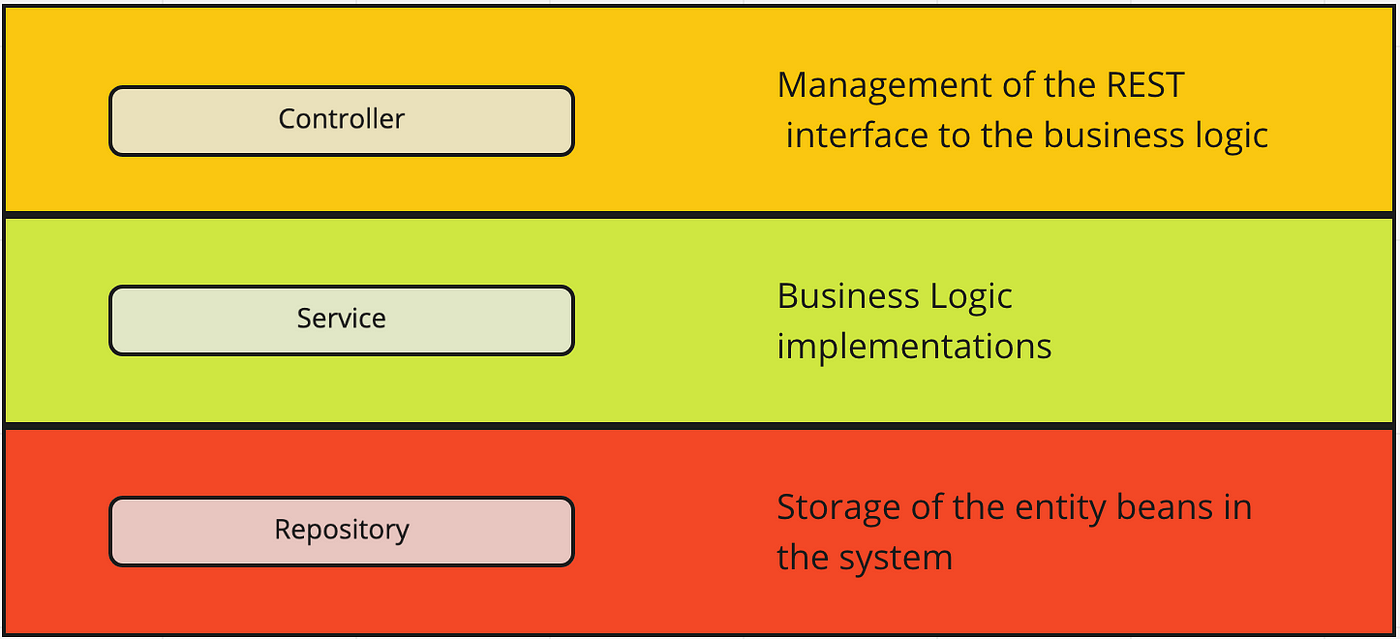In Java, packaging is a way to organize classes and interfaces into logical groups. This helps to manage large projects by separating different parts of the application based on their functionality. When working on web applications, you commonly encounter the following layers: Controller, DTO, Service, Entity, and Repository.
1. Controller Layer
The Controller layer is responsible for handling incoming user requests and returning responses. It acts as a bridge between the client (such as a web browser) and the application’s internal logic.
When a user interacts with a web page or API, the controller processes the request, interacts with the service layer, and sends a response back. This layer focuses on request handling, validation, and mapping requests to the correct service methods.
2. DTO (Data Transfer Object) Layer
A DTO is a simple object that carries data between different layers of an application. It is used to transfer information without exposing the internal structure of the database or entities.
The primary purpose of DTOs is to improve performance and security by sharing only the necessary data. This layer helps in mapping data between the client and the service layer, ensuring a clean transfer of information.
3. Service Layer
The Service layer contains the core business logic of the application. It processes data, applies rules, and coordinates between the controller and repository layers.
This layer is crucial because it separates the application’s logic from the data access and presentation layers. It improves code maintainability and allows easy changes to the business logic without affecting other parts of the system.
4. Entity Layer
The Entity layer represents the application’s data model. Each entity typically corresponds to a table in the database.
Entities are plain Java objects with fields representing database columns. This layer defines how data is stored and retrieved while maintaining a clear structure for interacting with the database.
5. Repository Layer
The Repository layer is responsible for direct interaction with the database. It handles data persistence and retrieval operations like saving, updating, deleting, and fetching records.
In modern Java applications, frameworks like Spring Boot use interfaces to define repository methods, which simplifies database operations. This layer ensures data consistency and separates database logic from the rest of the application.
Why is this Packaging Structure Important?
1. Separation of Concerns: Each layer focuses on a specific responsibility, making the application easier to manage and extend.
2. Code Reusability: The service layer can be reused across multiple controllers, reducing duplication.
3. Scalability: With clear separation, the system can be scaled by modifying individual layers without affecting others.
4. Maintainability: Isolating logic in different layers makes debugging and extending the application more manageable.
This structured approach helps in building robust and maintainable Java applications by following a clear and organized flow of data and processes.


Comments
Post a Comment